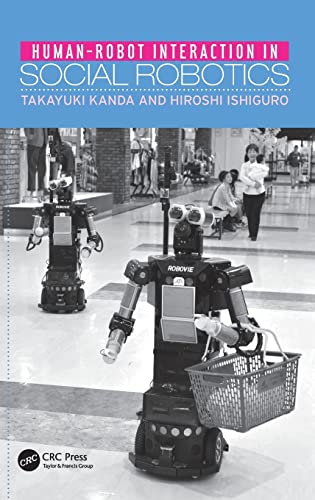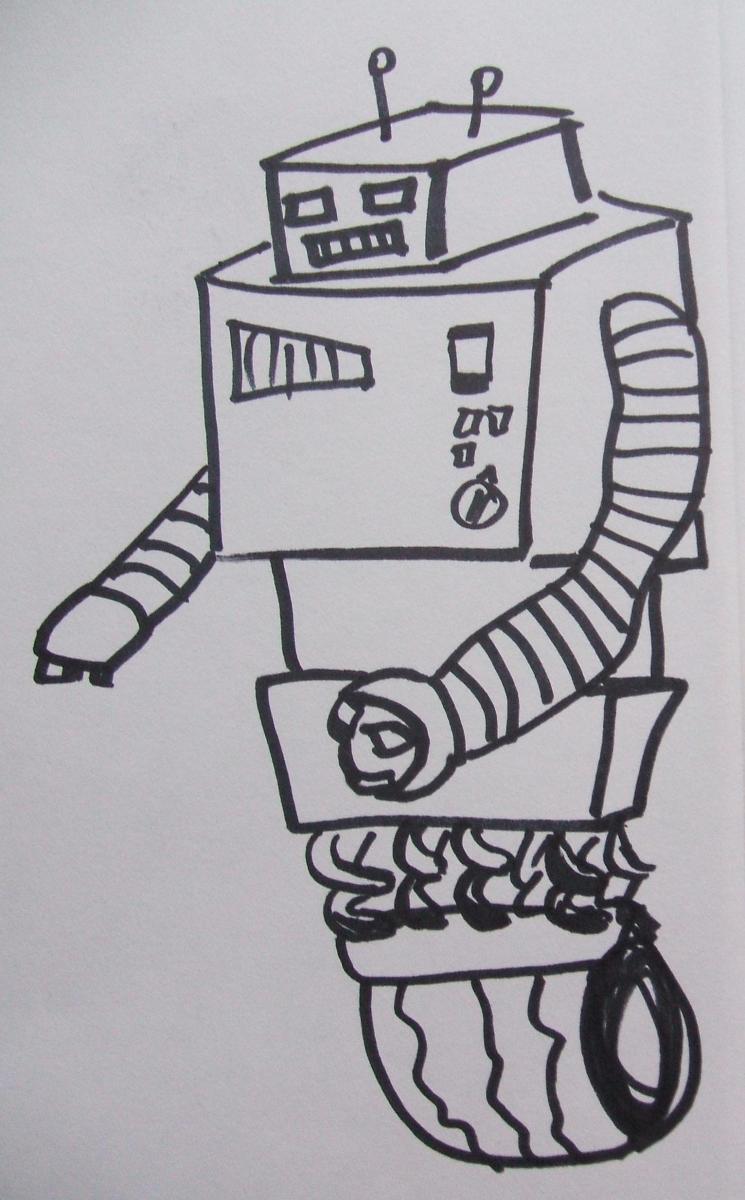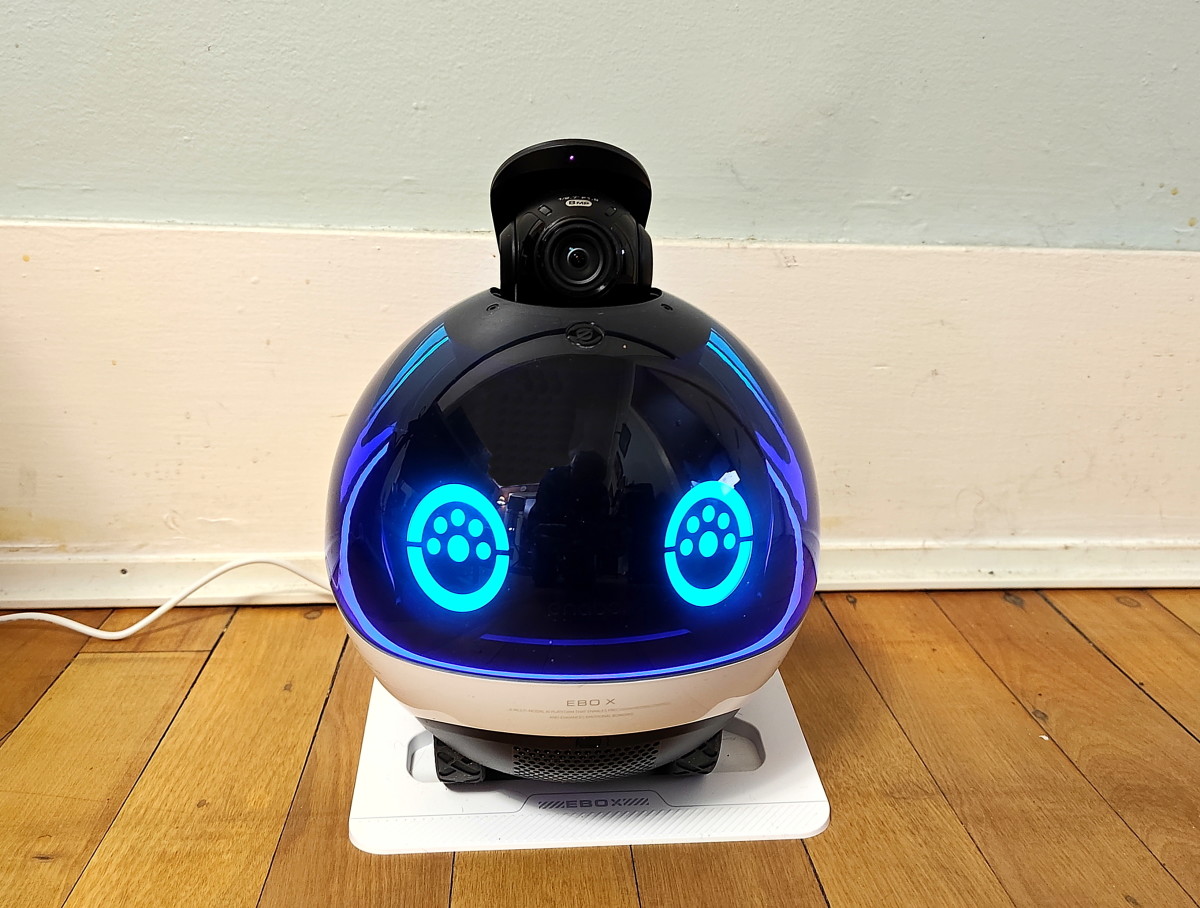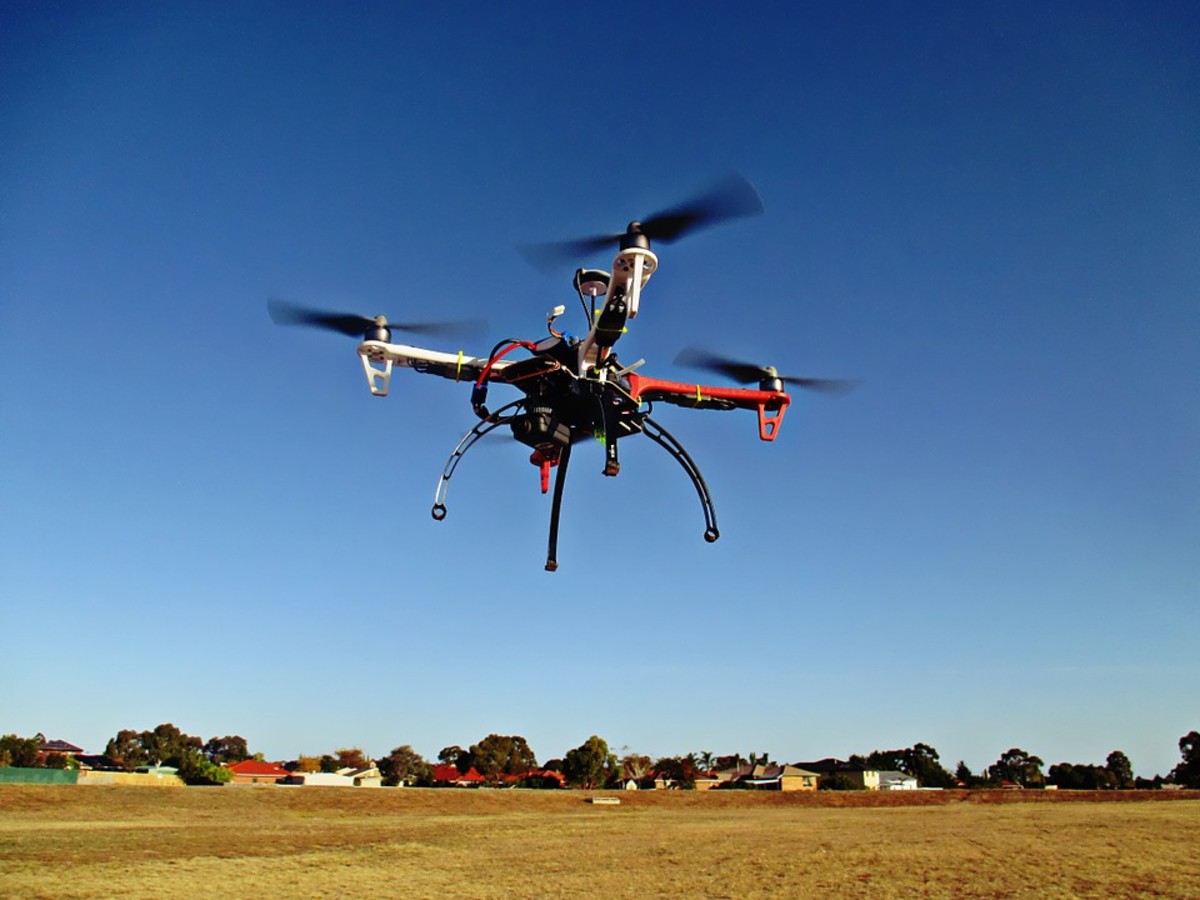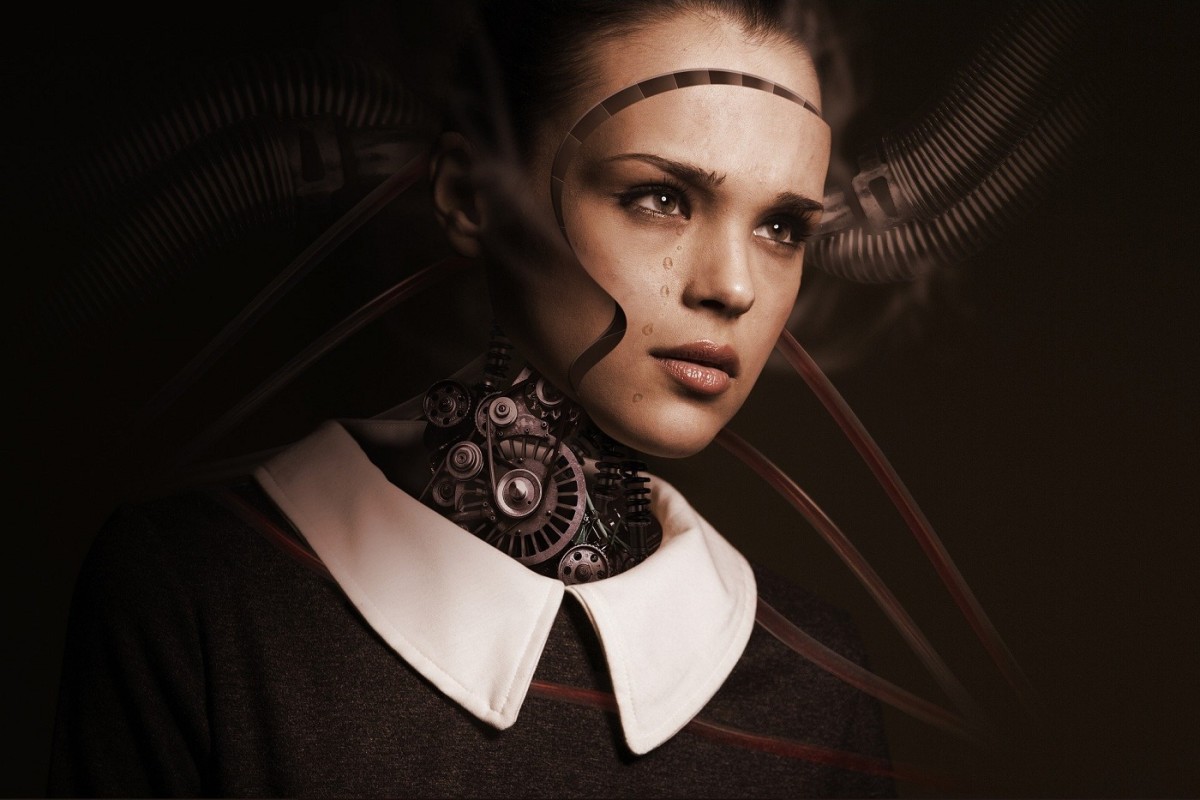Hiroshi Ishiguro: The Man Who Made an Android of Himself
Androids have always been a staple of science fiction for as long as anyone can remember. Robots that look like humans and can even act like humans exist today, and in Japan one roboticist, Hiroshi Ishiguro, gained international fame when he made an android of himself.
The robot—named Geminoid HI-1 after the Latin word for “twin,” geminus—resembles Ishiguro to an eerie degree, even sharing the same hair. Ishiguro plucked it out of his own scalp in order to replicate it onto the android. Geminoid is not sophisticated enough to go walk out and do daily tasks, as it is stuck in a permanent sitting position, but using his computer Ishiguro can control it remotely and use it to speak for him. The android’s lips mimic his and a microphone picks up his words and Geminoid reproduces them, down to each inflection in his tone. A camera tracks his head movements for Geminoid to also replicate.
While this is really cool or really creepy, depending on whom you ask, there are some definite advantages to having such a duplicate. The obvious one is being able to be in two places at once. Ishiguro is a very busy man, attending conferences all around the world, working in four labs, and teaching students, so he needs his android self to do things that he cannot be physically present for. One of its main jobs is to be a lecturer at Osaka University in place of himself.
"People watched my android more than they would watch me," Ishiguro commented about it.
Ishiguro has improved his android over the years, too, making it more and more realistic and close to his own self. Geminoid HI-4 is the latest of the bunch and is capable of standing, but whether it can walk and fool passersby into thinking that it is the real Ishiguro is up for debate. Not just the ones that look like him either. He’s made an android resembling his four-year old daughter and another based off of a Japanese newscaster named Ayako Fujii.
Geminoid F is another realistic android that is a copy of a woman in her twenties and has a wide range of facial expressions, her purpose being to change expressions more naturally than the previous ones that Ishiguro has built. She can also sing and mimic voices, all with matching lip movements to go with it.
But why does he do this to begin with? Why create such lifelike androids while other roboticists around the world are more focused about functionality over form? Most robots we see today are made with some sort of job in mind, from cleaning to operating in space, but the purpose behind Ishiguro’s are solely in looking as human as possible. At least that is part of it.
There is a word in Japanese called sonzaikin. It defines the feeling we get from being in the presence of another human being. Ishiguro is trying to understand what makes us human. Where does the sense of something behind “human” come from? How can it be replicated into a robot? "I try to understand humans by creating lifelike robots,” Ishiguro says, summing up his research quite well.
The more realistic and natural he makes his robots, the closer he might come to one day finding his answer. Already those who are close friends and acquaintances of his say that when around his Geminoid they could sense his personality through it. It could convey his presence, even though it was not an exact replica of himself. One day he might even fool others entirely, creating an android that is so like him that no one can tell who they are talking to—Ishiguro, or Geminoid.

